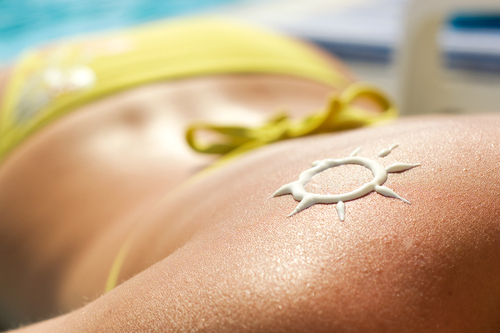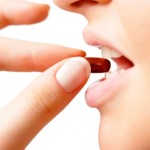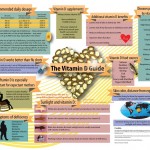
While we know that sunscreens prevent sunburns, beyond that simple fact surprisingly little is known about their safety and efficacy. The letters SPF mean “sun protection factor” and refer only to protection against UVB radiation, which burns the skin. It has nothing to do with UVA radiation that penetrates deep into the skin, accelerates skin aging and may cause skin cancer.
It’s also important to note that no SPF (not even 100 SPF) offers 100 percent protection. The difference in UVB protection between an SPF 100 and SPF 50 is marginal (SPF 100 blocks 99 percent of UVB rays, while SPF 50 blocks 98 percent). A sunscreen’s SPF number is calculated by comparing the time needed for a person to burn unprotected with how long it takes for that person to burn wearing sunscreen. So a person who turns red after 20 minutes of unprotected sun exposure is theoretically protected 15 times longer if they adequately apply SPF 15.
So, what’s the problem with sunscreen? As a society we have been taught to avoid the sun -which helps our bodies naturally produce Vitamin D- and instead put chemical laden lotions on in hopes of reducing one type of cancer (skin) that is not commonly fatal. As a result, Americans are now vitamin D deficient which can lead to a multitude of health problems.
When we expose our skin to the sun the pores open up from the heat, this allows the sunscreen to enter directly into our body. This is a problem because retinyl palmitate (a form of Vitamin A), found in 41% of sunscreens, can speed up skin damage and increase skin cancer risk when applied to the face, arms, legs, back, and chest according to the FDA. In addition, many sunscreens contain oxybenzone, a hormone-disrupting compound that enters the bloodstream through the skin.
Then there is the problem of free radicals. Both UV radiation and many common sunscreen ingredients generate free radicals that damage DNA and skin cells – which again can accelerate skin aging and cause skin cancer. In fact, if applied improperly and/or infrequently, sunscreens can cause more free radical damage than UV rays on bare skin.
Sunscreen also gives us a false sense of security. Normally, when we’re out in the sun – if we feel our skin getting a little pink – it means it’s time to go inside (or at least get in the shade). But when we wear sunscreen, it blocks UVB rays not allowing us to burn, and in turn we think we can stay out in the sun all day. Add to that the fact that even the safest sunblock is going to prevent our bodies from absorbing critical vitamin D. Vitamin D deficiency has been strongly linked to a variety of cancers, including the most dangerous types of breast and colon cancer.
The bottom line is that the first line of defense should be shade, protective clothing and avoiding the midday sun. When those options are not possible, then opt for sunscreen. And if you’re going to use sunscreen, be sure to check out Environmental Working Group’s sunscreen guide.
Here are some tips from EWG when choosing a sunscreen:
- Look for these active ingredients: zinc oxide, titanium oxide, Mexoryl SX, or avobenzone (5%)
- Opt for SPF 15-50: Depending on your skin tone and sun intensity
- Choose lotions (not sprays or powders)
- Water resistant (for beach or pool)
In addition, here are some natural ways to prevent sunburn:
- Astaxanthin: this powerful antioxidant has been shown to protects against UVA damage
- Green tea: Topical green tea extracts applied directly to the skin can offer UV protection
- Omega 3s: Eating more omega-3s (fish) and less omega-6s (corn,soy,canola oils) can help prevent skin cancer development
- Vitamin D: Research has shown that taking 5,000 to 10,000 IU of Vitamin D for several months can have a sunburn preventing effect







